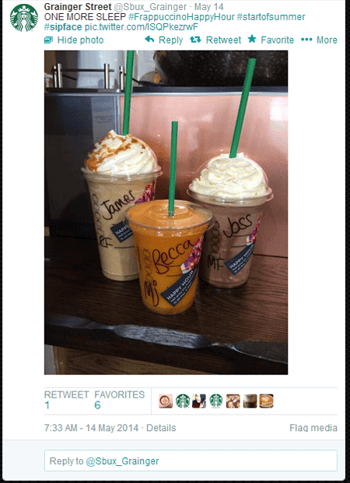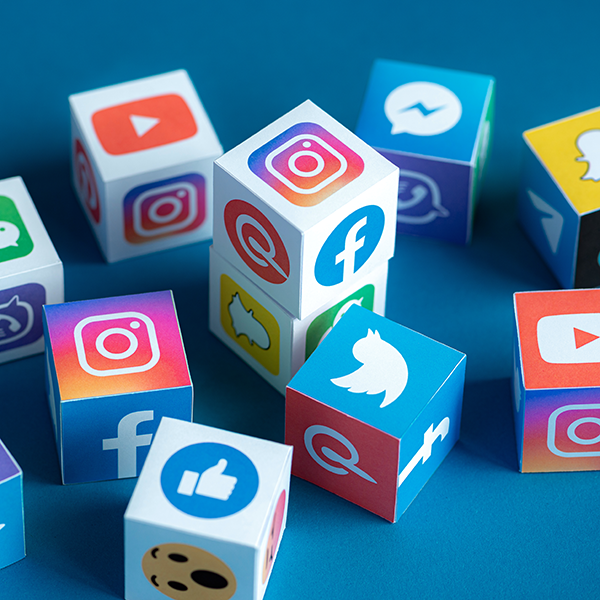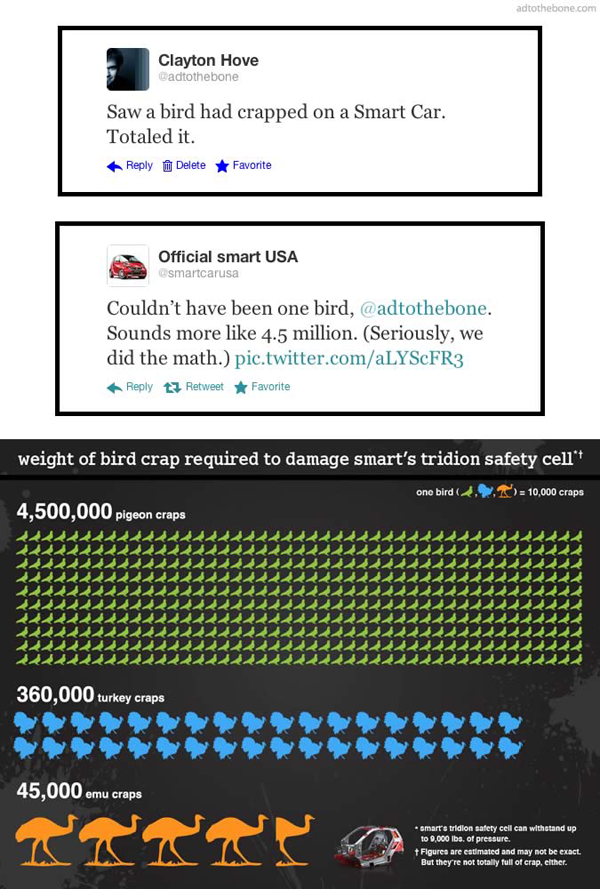Honorable Corporate Comebacks

Social networking is all the buzz these days. Every second, unabashed users on sites like Facebook, Twitter, and Instagram share their most honest feelings, emotions, and opinions by posting comments, liking or sharing content, and engaging in discussion. Social networks facilitate open forums for discussing just about every aspect life, and it is no coincidence big brands find them invaluable.
Corporate movement into the social media space has been treacherous for big brands, though. U.S. Airways recently suffered the social snake's bite after a copy and paste gone wrong, and other big names like McDonald's, Nike, and Macy's have all endured social media storms. Here's the unfortunate truth for companies, public discourse in the social media space cannot be controlled, and virality cannot be calculated.
Corporations have little say in what trends organically or the nature of that discourse, but they can do their best to set the agenda with effective social media management. Here are five examples of companies who did just that with their social media.
Direct Response via Old Spice
Social media is social because it is intimate. We interact and communicate directly through comments, direct replies, direct messages. etc. Old Spice, however, showed brands how direct response could drive engagement and expand brand awareness overall. On the heels of the award-winning, Wieden+Kennedy produced "Man Your Man Could Smell Like" campaign, the legacy men's hygiene brand prompted consumers to ask their Old Spice spokesmodel, Isaiah Mustafa, questions in the comments section of their "Questions" Youtube video.
Wieden+Kennedy's creative team then drafted and recorded personalized responses for Mustafa, posting them on Youtube for the world to see which can be seen here and here. How the promoted discussion about Old Spice in the social media space was executed helped the brand break through a cluttered market of nameless, faceless men's hygiene products.
Being Advantageous via Smart Car
One of the most valuable elements of social media is its unpredictability. Social media managers never know what kind of comments or replies will come across their feed. The unknown can be scary, but it can also be a source for opportunity. Smart Car took advantage of a Twitter user's observation with an epic infographic reply.
Not only did Smart Car directly address the witty tweet, it promoted a key element of the product (see image courtesty of adtothebone).
Cultural Integration via Oreo
Social media is also social because it is cultural. As communal creatures, just about every form of communication we use bears some cultural significance. There's no better way for big brands to connect with consumers than by immersing themselves in culture, spawning a culture of their own, or both. Oreo achieved both with its "Daily Twist" company. The sweets biscuits leader celebrated its 100th Anniversary by posting creative "twists" on the classic cookie for 100 days. Some executions featured familiar pop culture icons like Super Mario and Batman, while others celebrated events like the Daytona 500, National Cheesecake Day, and Elvis Week. The "Daily Twists" made Oreo relevant in discussion, promoted the product, and left a pretty cool cultural artifact for us to enjoy for years to come.
Changing Public Opinion ex. Water Is Life
Product sales tend to be the end goal for corporate presence in the social media space, but the open forum makes it invaluable to non-profit organizations. Water Is Life showed just how useful social media is to non-profit organizations with its #FirstWorldProblems campaign. Implementing the killer hashtag strategy, Water Is Life took tweets using the hashtag #FirstWorldProblems, where Twitter users lamented about issues like dysfunctional seat-warmers, and produced Youtube responses featuring Haitians suffering from lack of clean water supply. The campaign put things into perspective, flipping the hashtag and bringing attention to a real issue. Over 1 million gallons of water were donated in response to this campaign.
 Promoting the Brand Promise via Starbucks
Promoting the Brand Promise via Starbucks
Continuing with the successful use of easily shareable hashtags, we look to Starbucks. In the wake of McDonald's hashtag hang up, big brands were skeptical about using hashtags to spark conversation around their products and services until the social superstar, Starbucks, came back with its #sipface and #strawesome hashtags. Standing on the pillars of its brand promise, the never-ending "coffee break", Starbucks encouraged its followers to share pictures of their brewed beverage experience using the hashtags #sipface and #strawesome. The campaign was simple, but effective. It promoted the brand promise and further immersed consumers in the brand experience.
Each of these brands effectively managed their social media, resulting in some positive gain in public opinion, brand awareness or market share.
Ilan Nass is the head of marketing at Fueled, the leading iPhone app builder in New York City, renowned for its award winning mobile design and strategy.

Subscribe to Our Newsletter!
Latest in Marketing









